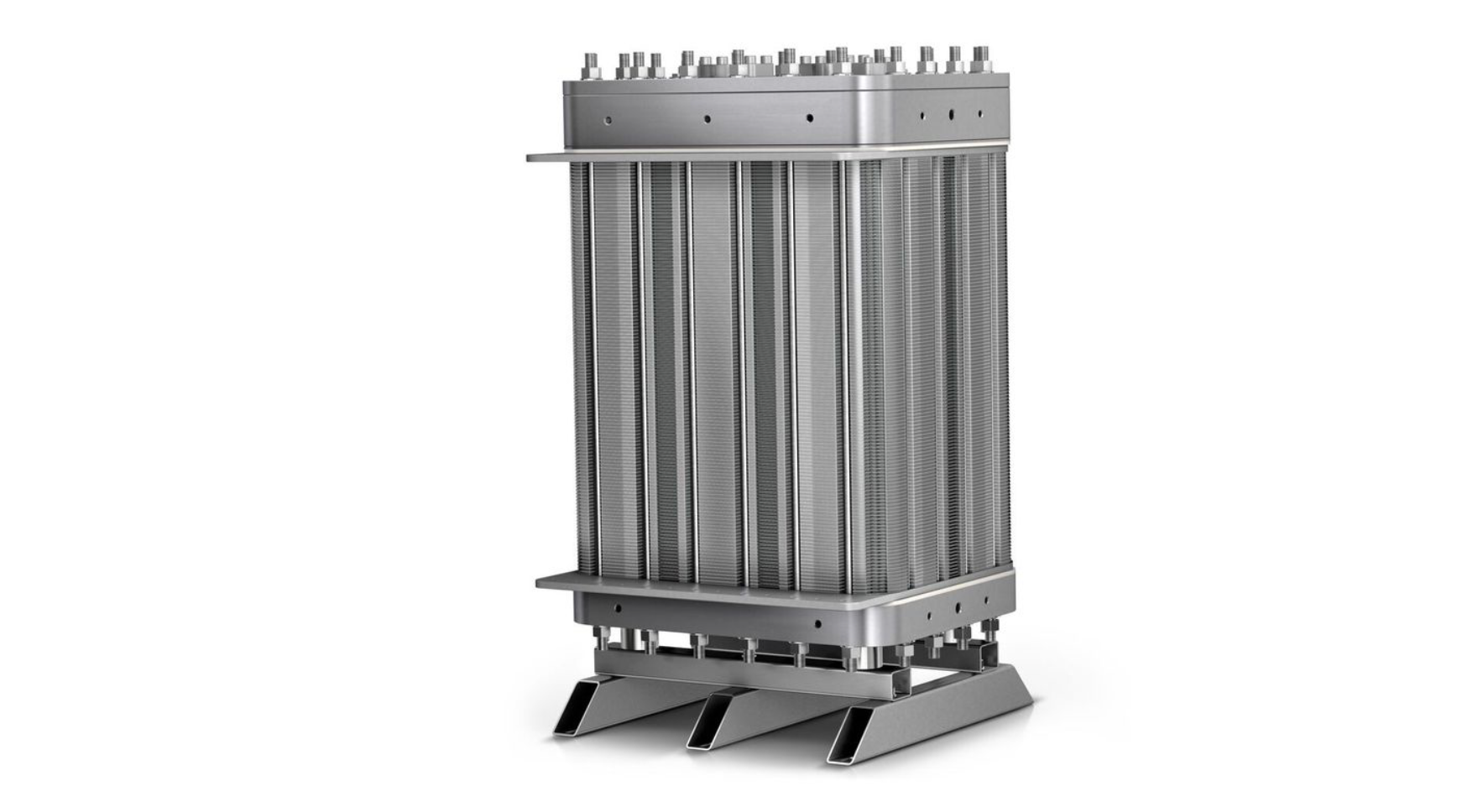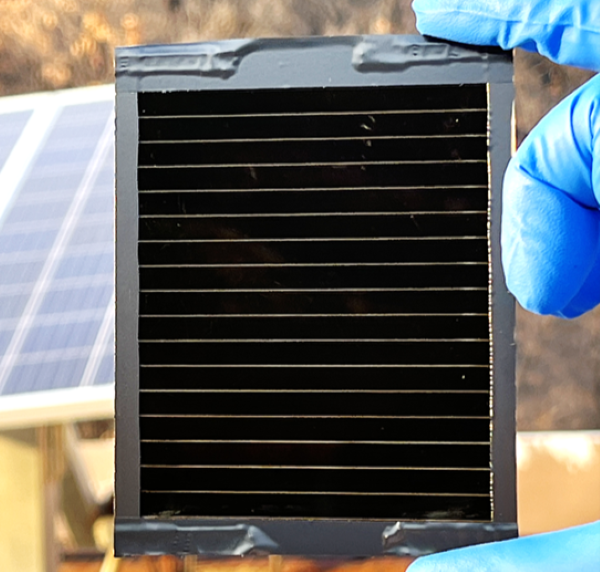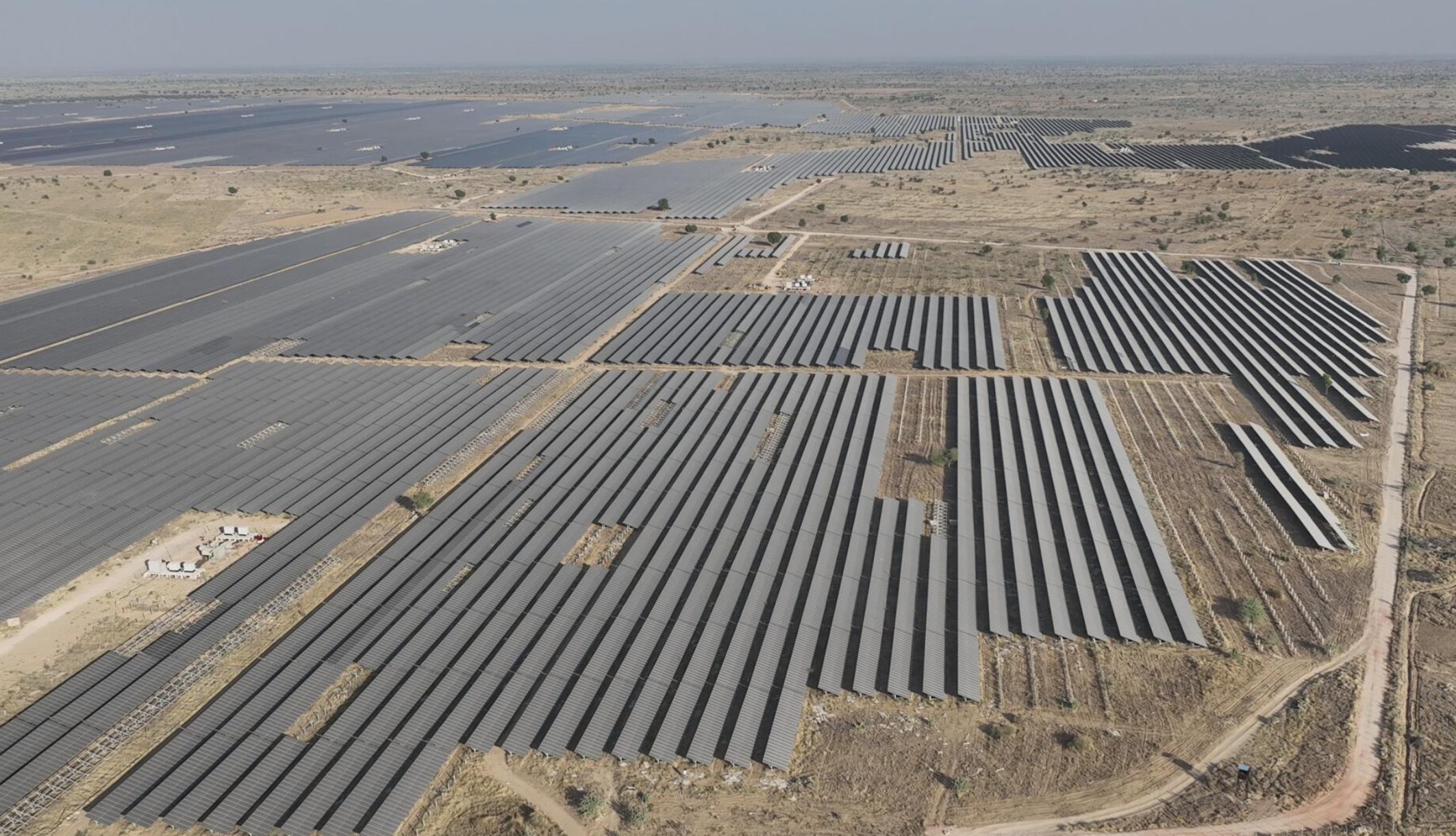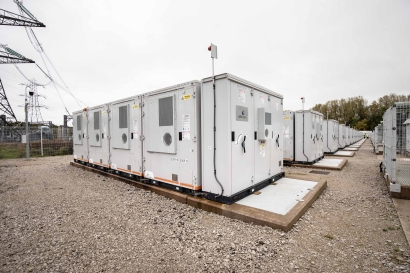Solar cost of electricity beats lowest-cost fossil fuel – even without tax credits
Lazard’s analysis of levelized cost of electricity across fuel types finds that new-build utility-scale solar, even without subsidy, is less costly than new build natural gas, and competes with already-operating gas plants.

Lazard’s analysis of levelized cost of electricity across fuel types finds that new-build utility-scale solar, even without subsidy, is less costly than new build natural gas, and competes with already-operating gas plants.
The U.S. Congress is actively debating repeal of solar and wind tax credits, including the Investment Tax Credit, which covers 30% of installed system costs, and the Production Tax Credit, which subsidizes renewable-sourced electricity generation.
Despite the blow that tax credit repeal would deal to renewable energy project values, analysis from Lazard finds that solar and wind energy projects have a lower levelized cost of electricity (LCOE) than nearly all fossil fuel projects – even without subsidy.
LCOE is a measure of cost-efficiency of generation sources across technology types. The metric is based on lifetime costs divided by energy production and calculates the present value of the total cost of building and operating a power plant over an assumed lifetime.
Lazard’s analysis finds that unsubsidized utility-scale solar, without tax credits, ranges from an LCOE of $0.038 per kWh to $0.78 per kWh, while onshore wind registers the lowest possible LCOE over the narrowest range, from $0.037 per kWh to $0.086 per kWh.
Utility-scale solar with energy storage co-located ranges from $0.05 per kWh to $0.131 per kWh, while natural gas peaker plants are far more expensive at $0.138 per kWh to $0.262 per kWh, accounting for a plus or minus 25% fluctuation in current gas prices.
With subsidies included, the cost advantage is even stronger. Utility-scale solar is as inexpensive as $0.02 per kWh, while onshore wind is as low as $0.015 per kWh.
Notably, these two subsidized lowest-cost technologies are cheaper than the lowest-cost marginal cost of fossil fuel, meaning that the most cost-effective combined cycle natural gas plants that are already built and operating are more expensive electricity generators than new-build solar and wind.
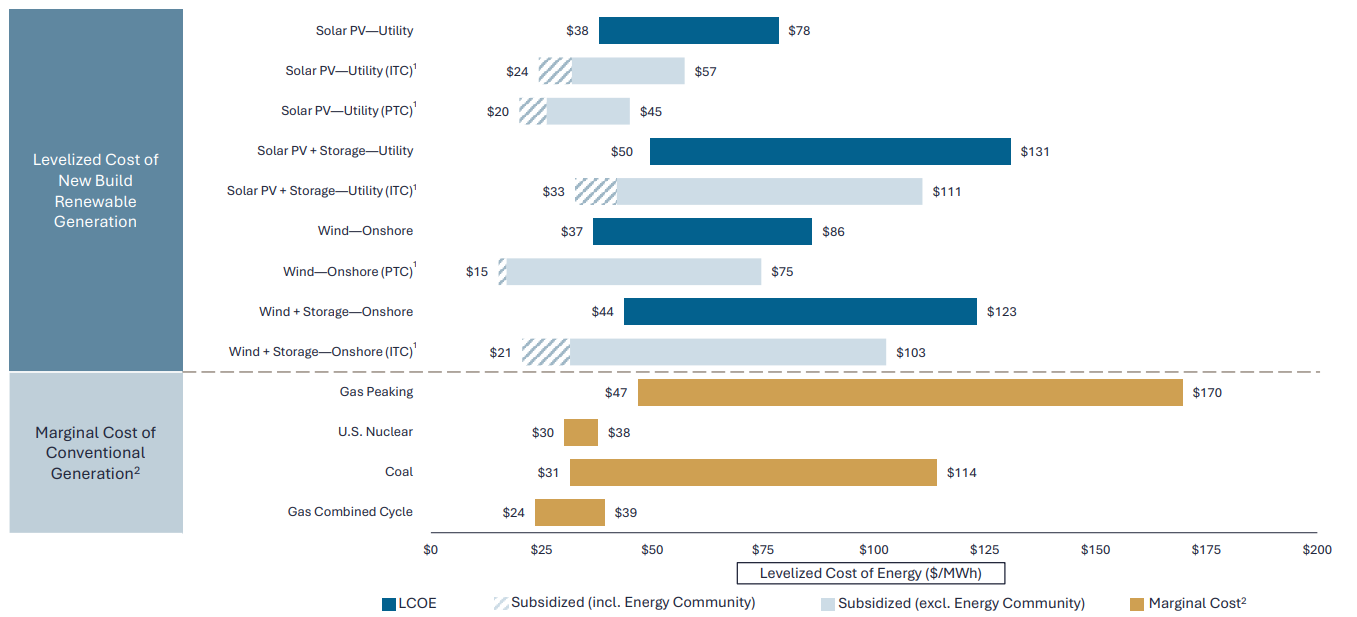
This solidifies solar and wind power’s ability to be a replacement technology, rather than a complimentary source of power. However, the Investment Tax Credit and Production Tax Credit are currently needed for new-build renewable energy to beat the marginal cost of the cheapest sources fossil fuels operation, underscoring their importance to accelerate the energy transition to decarbonized sources.
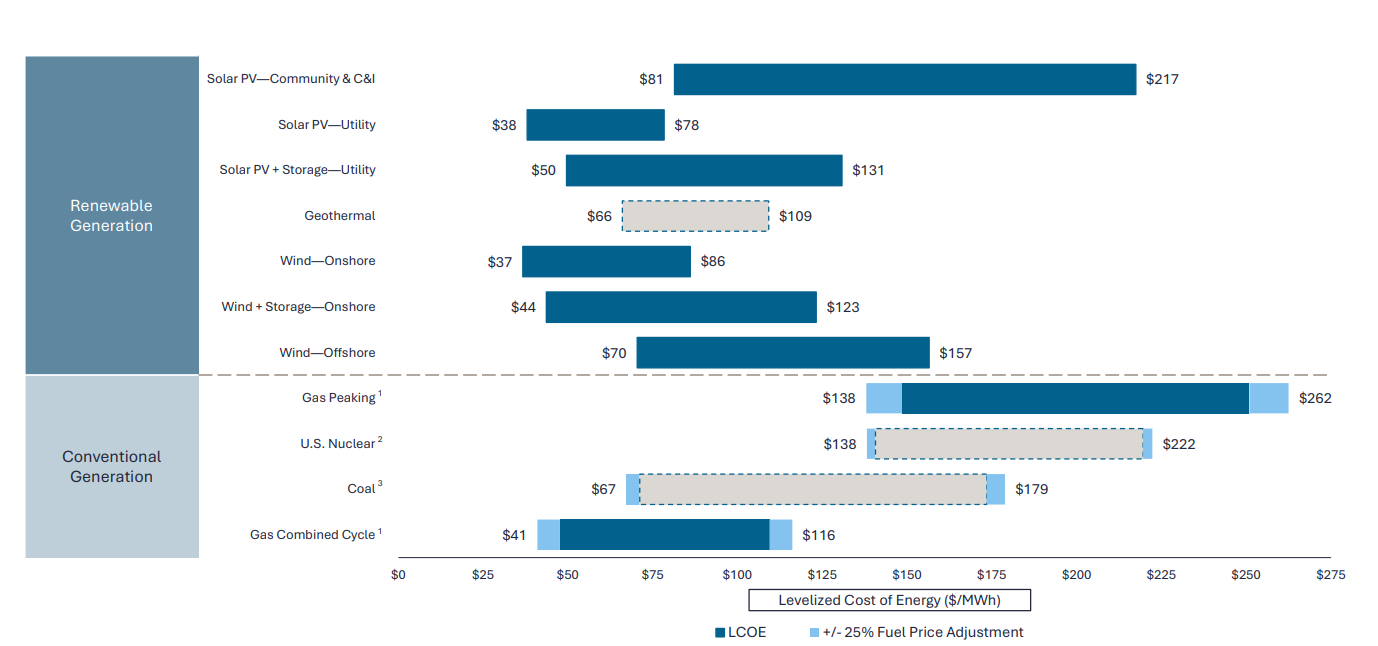
Lazard’s analysis makes it clear, however, that even without tax credits, solar and wind are more cost-effective than new-build gas and coal, making them a more sensible investment for the U.S. power sector.
What’s more, Lazard finds that gas, coal and nuclear projects are more sensitive to the cost of capital, suggesting that the higher-for-longer interest environment further supports renewable energy investment.
“On an unsubsidized $/MWh basis, renewable energy remains the most cost-competitive form of generation. As such, renewable energy will continue to play a key role in the buildout of new power generation in the U.S.,” said the report. “This is particularly true in the current high power demand environment, where renewables stand out as both the lowest-cost and quickest-to-deploy generation resource.”
What's Your Reaction?












